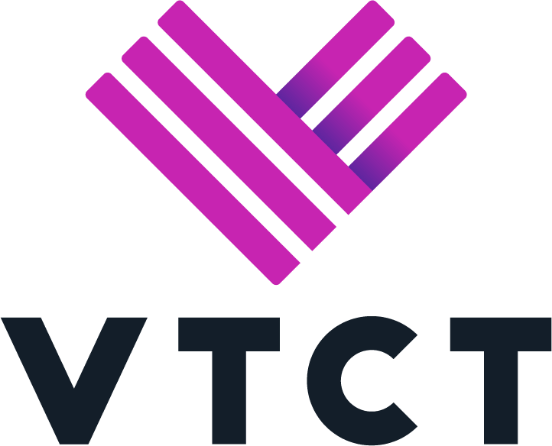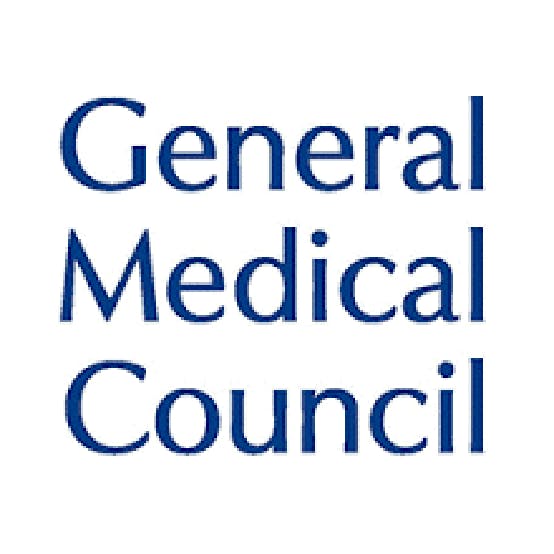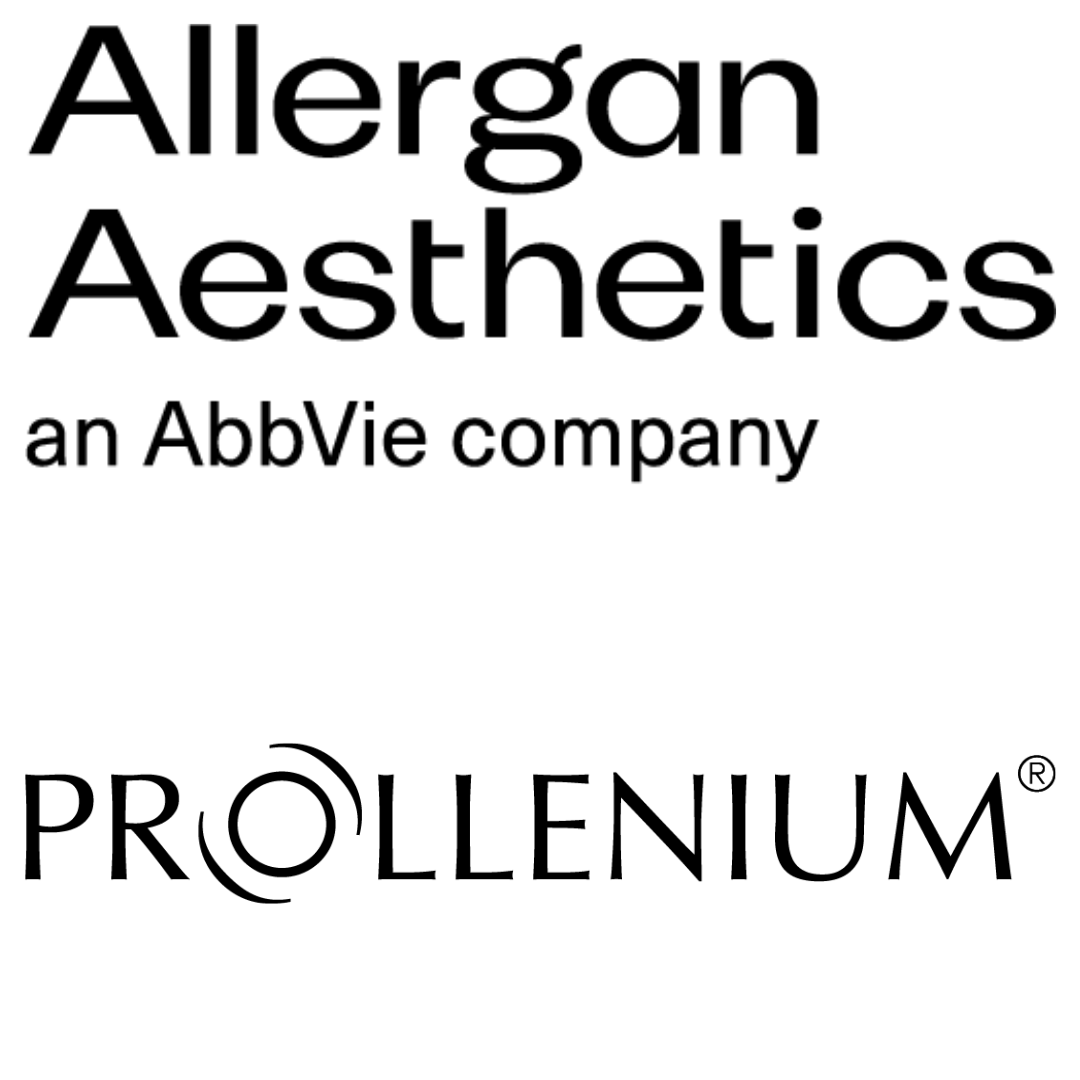Facial Rejuvenation: Lower Face Botox & Filler Techniques
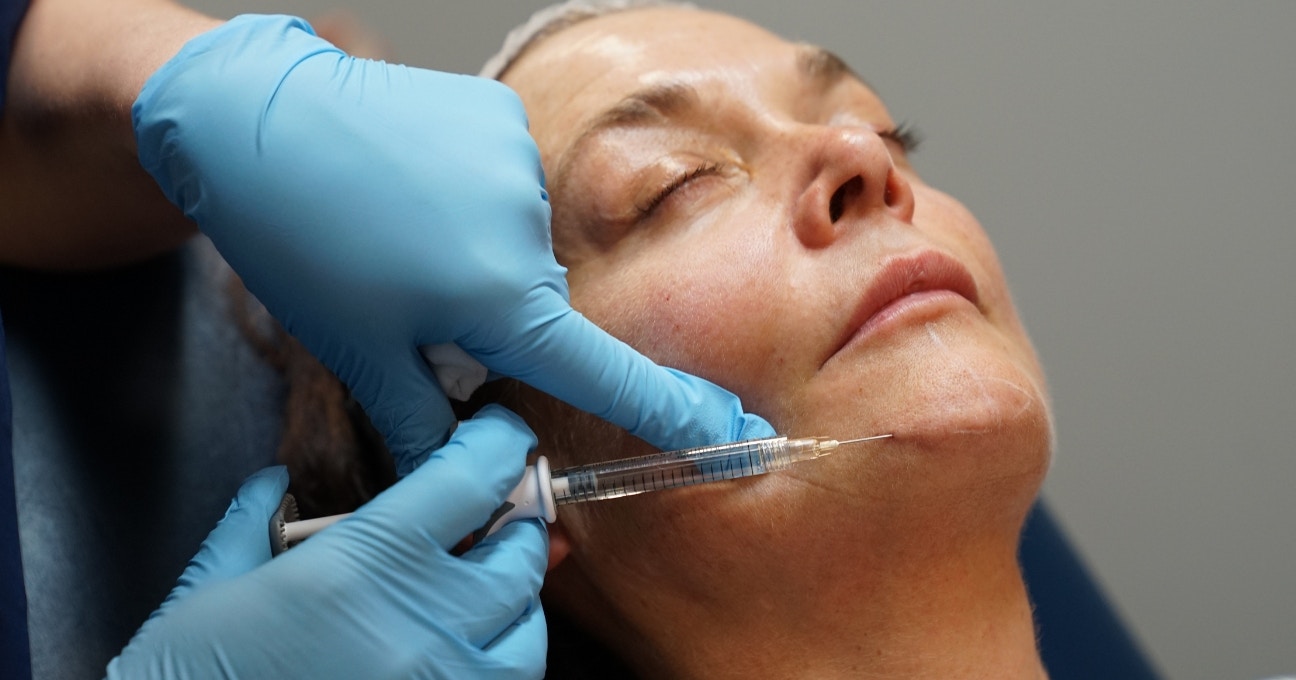
Dr Janine Rothburn shares her insights on botox and filler treatments for lower face rejuvenation.
Facial rejuvenation of the lower third targets areas such as the chin, jawline and perioral region. These areas can show signs of ageing from several factors. Among them are collagen and elastin loss, changes in bone structure and sun damage. Furthermore, reduced volume against fixed ligaments can cause facial descent and fold.
Lower face concerns are a common presentation that you may be asked to address directly eg ‘I don’t like my jowls’ or patients may describe their faces as ‘looking sad’, when they are not.
We speak to Dr Janine, a clinical trainer and aesthetics specialist at Harley Academy, to get her evidence-based advice. She also answers some frequently asked questions about lower face botox and filler techniques.
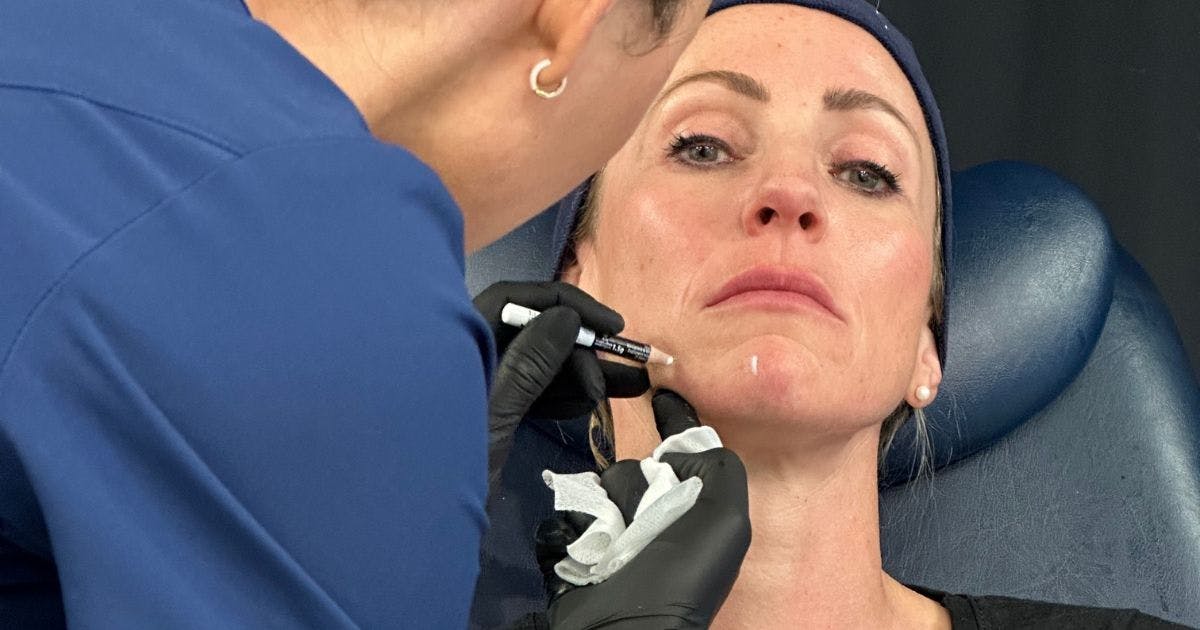
Determining patient suitability for lower face injectable treatments
You’ll need to conduct a facial assessment to determine your patient’s suitability for treatment. This typically follows their medical history and exploration of your client’s concerns and desired outcomes.
Dr Janine advises, “Patients requiring rejuvenating lower face treatments are those who have lost volume.”
She highlights five specific aspects you should evaluate:
- Jowls
- Chin recession
- Flattening of the chin
- The prominence of marionette lines and the labiomental crease.
The corners of the mouth are also an area to look at as well.
Dr Janine’s top tip for how to approach the lower face
“My top tip for approaching the lower face is to take photos in all different views - frontal, oblique and profile. Include static and dynamic images. I also show these photos to my patient when discussing treatment plans.
“As individuals, we often only look at our faces straight on. Therefore, patients may not be aware of how other treatments could contribute to their goals. For instance, placing filler in the chin to help balance their profile would be more beneficial than lip filler,” Dr Janine advises.
Once you understand your patient’s concerns, ascertained via a thorough consultation, pair this with the findings of your facial assessment. From here you can start to form a treatment plan which will likely comprise one or several of the following treatments.
Some lower face treatments can require multiple mls. It’s worth considering realistic expectations in your consultation as how much treatment a patient can have needs to be reviewed. For example, financially and with staging of treatments over how many visits you decide are appropriate.
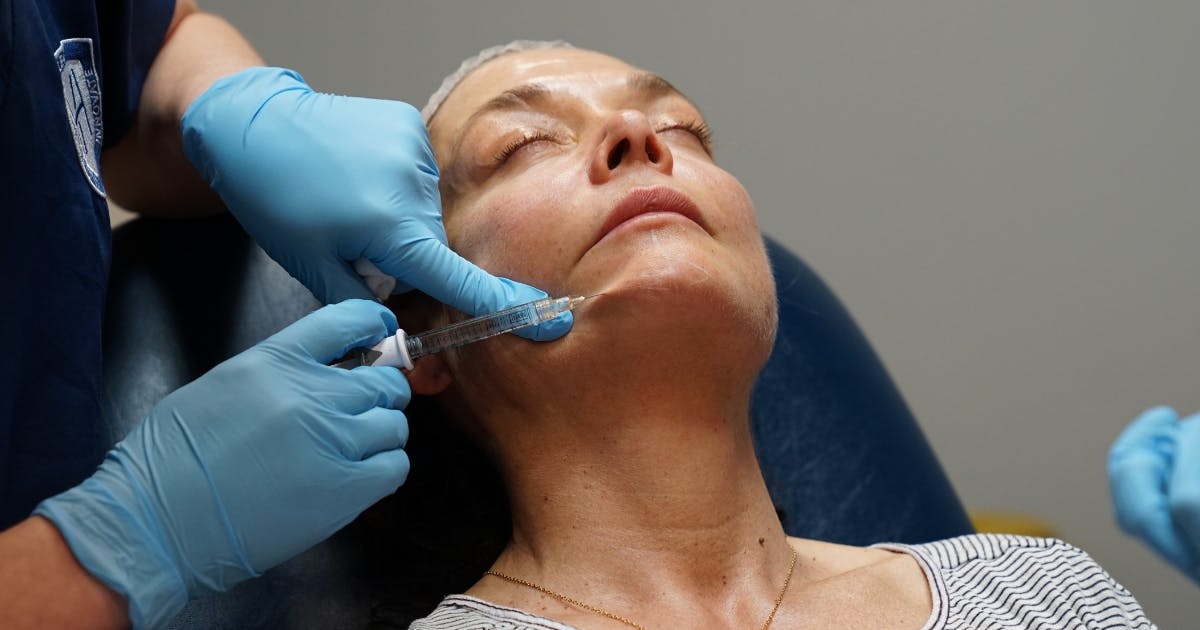
Effective lower face filler treatments
Dr Janine identifies the following areas for dermal filler treatment consideration:
- Jowls
- Marionette lines
- Labiomental crease
- Chin.
She explains, “Rejuvenating the lower face with filler may include softening the jowls. We do this indirectly by providing structural support anterior and posterior to the jowl fat. Treatment areas include pre-jowl sulcus and gonial angle.
“You may also use fillers to reduce the appearance of shadows such as marionette lines and the labiomental crease.
“Furthermore, injecting chin filler can also help to rejuvenate the lower face.”
‘Should I use a needle or a cannula for lower third treatments?’
Dr Janine notes, “Tools required for lower face treatments vary from practitioner to practitioner. Options include using either a needle - for example, 27G - onto the periosteum or a cannula - such as a 25G - in layer 2.”
We recommend selecting the tool you are most comfortable using. So, if you’re hesitant with a cannula, it may be best to stick to a needle until you’ve built your confidence.
Our Cheeks, Mid-Face & Lower Face Filler Masterclass is a fantastic option for aesthetics practitioners in this situation. With dedicated eLearning and a day of in-clinic practical sessions, you’ll really refine your full-face approaches and come away more assured of your techniques.
‘What filler product should I use when treating the lower face?’
“Choose a relatively firm high G’ filler if you’re injecting onto the periosteum. This is to provide structural support and projection,” confirms Dr Janine.
“Alternatively, you could use a softer gel more superficially in layer 2 with a cannula.”
‘What are the key filler injection techniques for this region?’
“Injection techniques for lower face treatments again vary from injector to injector,” Dr Janine comments.
“If injecting to provide projection onto the chin, gonial angle and pre-jowl sulcus, I prefer using a needle onto the periosteum.
“If I’m softening a crease or fold, I prefer using a cannula into layer 2. Often, I’ll start with a needle onto the periosteum, then finish using a cannula more superficially.”
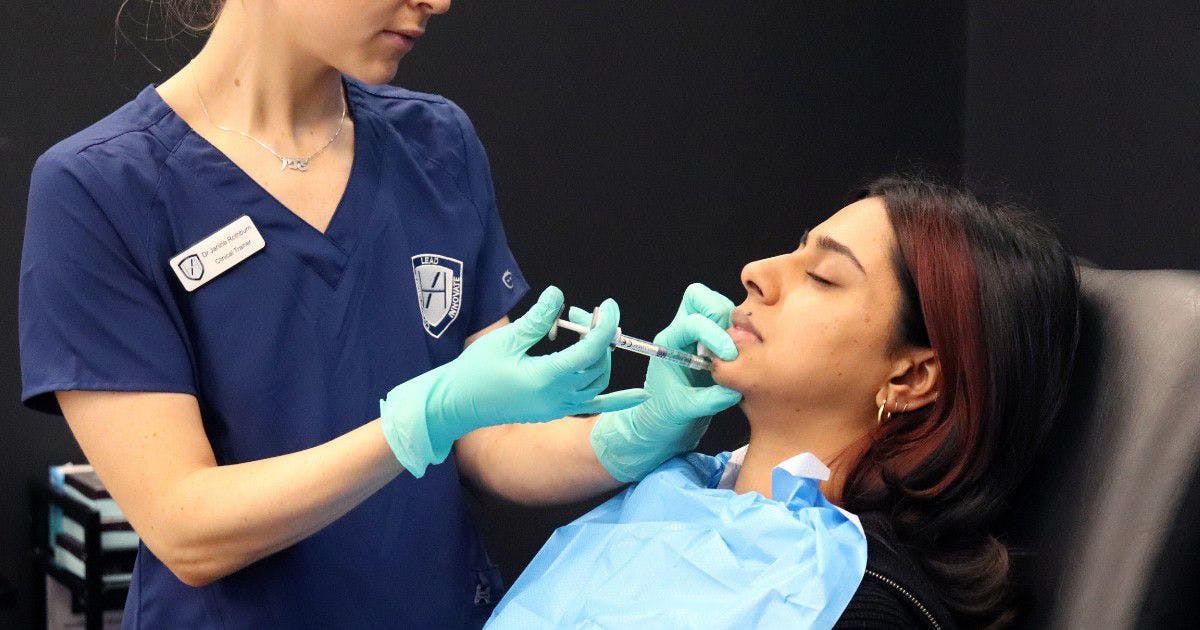
Using toxin for facial rejuvenation of the lower third
For lower face botox treatments, Dr Janine suggests considering the:
- Depressor anguli oris (DAO)
- Platysmal bands
- Mentalis.
“Toxin treatments can also be used to rejuvenate the lower face,” she says.” This includes treating the depressor muscles such as the DAO, “Treating the platysmal bands and mentalis muscle can also help to rejuvenate the lower face. Relaxing these muscles with toxin creates a lifting effect and can significantly improve the jawline contour and resting facial expression.”
‘Which needle do you use for lower face botox?’
At Harley Academy, our trainees from our Foundation and Core injectables training courses all the way up to our Level 7 Diploma in Botox & Dermal Fillers courses, use TSK Invisible Needles for botulinum toxin treatments.
This is due to their ultra-fine width which makes it a more comfortable experience for our patients. Additionally, it can reduce the likelihood of issues such as bruising.
‘Does treatment order matter when rejuvenating the lower face?’
Dr Janine responds, “It’s often advised to restore mid-face volume first before treating the lower face.”
This is because treating the mid-face restores the facial topography and can reduce the need for lower face filler. Remember, adding volume to the lower face needs to be approached judiciously. Over-volumising can make the lower face look heavy or unnaturally puffy.
“When treating the lower face, I prefer starting with periosteal filler treatments to provide the structural framework before going onto more superficial treatments,” she continues.
‘What about skin laxity and quality?’
Don’t forget the use of skin quality boosters and other techniques such as microneedling and energy-based device treatments. These are great modalities to combine with injectables to manage lower face concerns in holistic treatment plans.
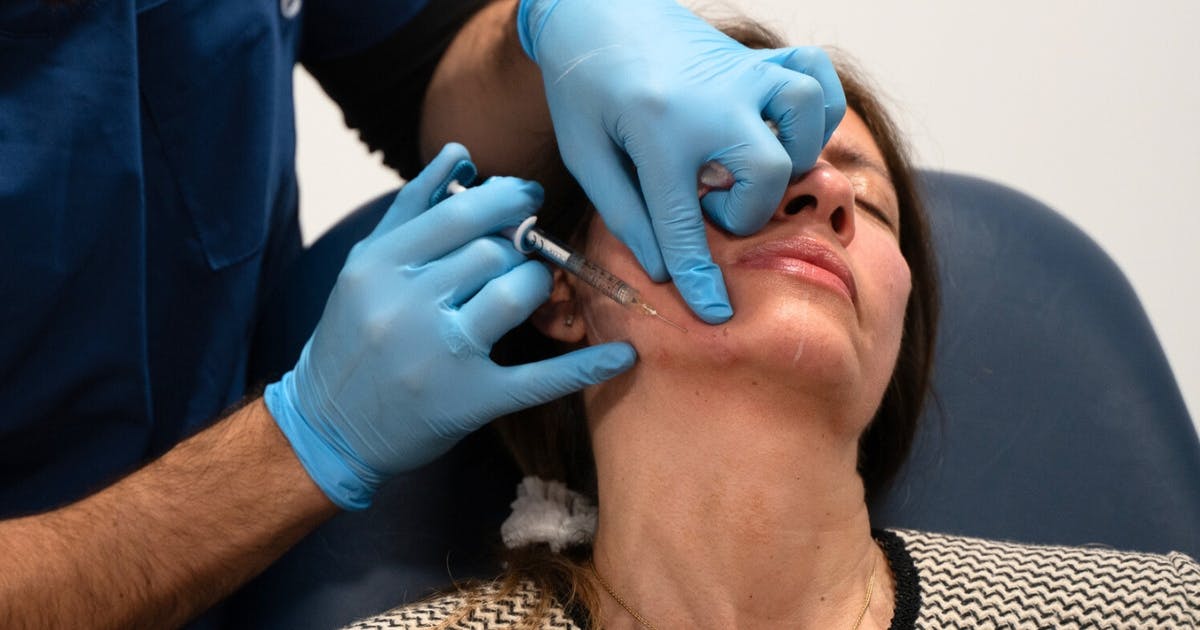
‘Do I use the same lower face botox and filler techniques for male and female presenting patients?’
Dr Janine explains, “Approaches vary between younger and older patients, as well as female vs male patients.
“The key to treating patients well is listening to their concerns and creating a bespoke treatment plan for them. For example, some male patients will want a more square and defined jawline. This would require more filler placed posteriorly to create a sharper jawline.”
Another example is that a square chin may be considered more socially acceptable in males. Often females request more central prominence for their chin.
Technique-wise, dosing, product selection and product placement will be tailored to each patient’s unique anatomical presentation. Factors such as gender, ethnicity and culture as well as injector experience will also contribute to decision making.
Become the injector you’d want to be treated by
Comprehensive medical aesthetics training is a crucial part of your journey to becoming a safe and effective injector. This is why we place significant emphasis on providing our trainees with a thorough injectables education.
Our botox and filler training courses are designed to prepare you for life in clinic.
If you’d like to hear more about the best aesthetic medicine training courses for you, book a call with one of our Advisors. They’ll listen to your objectives and concerns, then guide you accordingly, answering all your questions.
Let them set you on the path to recognising your full potential and becoming the injector you’d want to be treated by!
All information correct at the time of publication




